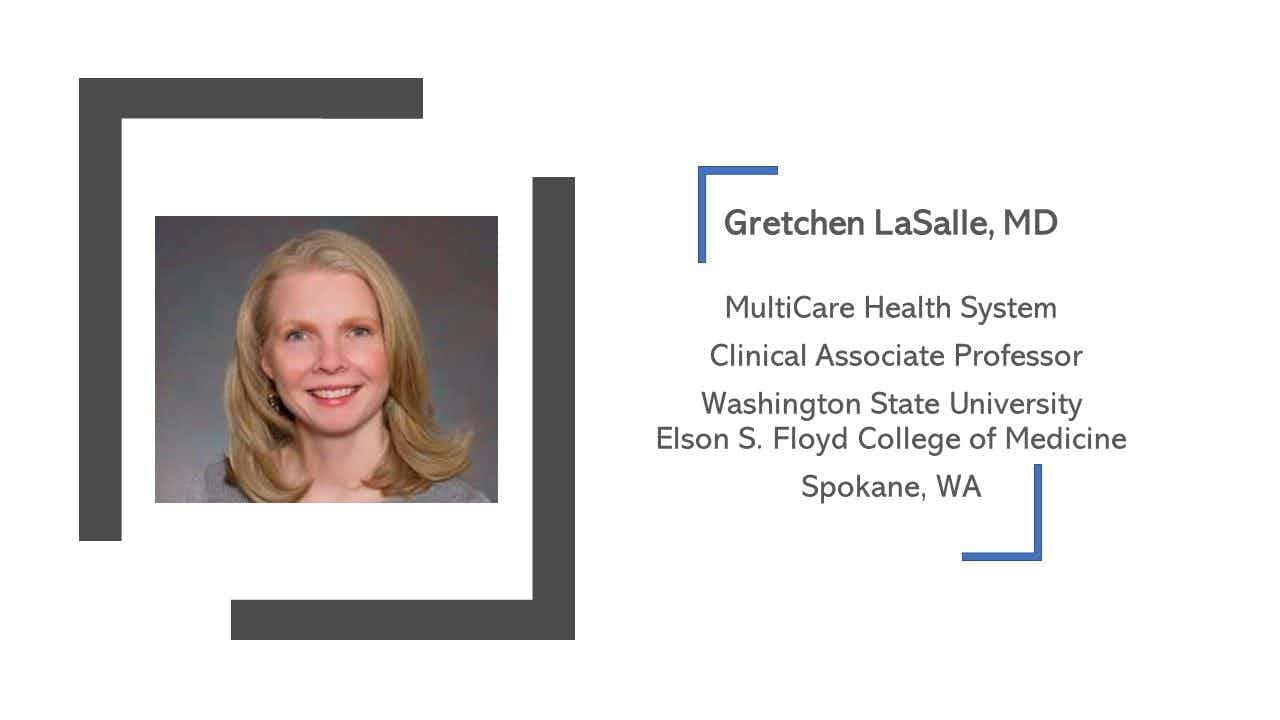ESC: Caution for Women on Early Invasive Treatment of Non-ST Elevation Coronary Syndrome
VIENNA -- Unlike the benefits found in men for early invasive treatment of non-ST elevation acute coronary syndrome, this strategy may increase the risk of excess bleeding or death in women, researchers here reported.
VIENNA, Sept. 5 -- Unlike the benefits found in men for early invasive treatment of non-ST elevation acute coronary syndrome, this strategy may increase the risk of excess bleeding or death in women, researchers here reported.
At 12 months the mortality rate among women with a non-ST elevation acute coronary syndromes was 8.8% for women randomized to early invasive treatment versus 1.1% for women randomized to a selective ischemia-guided angiography protocol (P=0.013) said Eva Swahn, M.D., of University Hospital in Linkping, Sweden.
She and her colleagues had planned to enroll 1,600 women in 11 countries but they succeeded in recruiting only 184 women and most of them came from only two countries, Poland and Sweden, the investigators reported at the European Society of Cardiology meeting. The mean age of the women was 68.
Dr. Swahn said the data support "observations that are frequently reported in clinical practice that women have an excess bleeding risk." But she cautioned that because the numbers are so small -- only eight women died in the early intervention arm versus one woman in the selective angioplasty group -- it would be premature to make treatment recommendations on the basis of the results. "We need a larger randomized trial to confirm this finding."
In addition to their findings, Dr. Swahn and colleagues performed a meta-analysis to investigate mortality in the routine invasive versus selective invasive arms among women in the FRISC II, RITA-3, TACTICS-TIMI-18, and OASIS-5 trials. The odds ratio for death was 1.5 for the routine invasive strategy which was not statistically significant (P=0.07).
Noting that there has been a long struggle to have equality in treatment for men and women, Dr. Swahn said she felt she was "turning things upside down, but my point is that women should have equal treatment, which may not always mean the same treatment [as men]."
The data she reported emerged from a sub-study of the OASIS-5 trial that compared fondaparinux (Arixtra) with enoxaparin (Lovenox) for treatment of non-ST elevation acute coronary syndromes. Ninety-two women received early invasive treatment -- catheterization followed by percutaneous coronary intervention or coronary artery bypass graft within a week-and the other half had underwent angiography only if angina symptoms occurred on index hospital admission or on a stress test.
The primary outcome was the combined endpoint of death/ myocardial infarction/ stroke/ refractory ischemia or death/ myocardial infarction/ stroke at two years.
Among the findings:
- 58% of the early invasive group underwent percutaneous coronary intervention or CABG versus 31% of the selective invasive group.
- There were no significant differences between groups in the combined endpoints.
- The hazard ratio for death was 4.65 (95% CI 0.97-22.2) in the routine intervention group compared with the selective intervention group, which "trended toward significance," Dr. Swahn said.
- Major bleeding occurred in 10% of the women in the routine group versus 2.2% in the selective invasive group (HR 6.9, 95% CI 1.48-32.1.
Annika Rosengren, M.D., of Sahlgrenska University Hospital in Goteborg, Sweden, who served as discussant for the paper, noted that women often are older and have more comorbidities when they develop acute coronary syndromes, which may contribute to the worse outcome, or it might simply be a matter of size; women usually have smaller vessels, which can make catheter placement more difficult. Any one factor or a combination of factors could tip the balance from benefit to adverse effect, she said.





